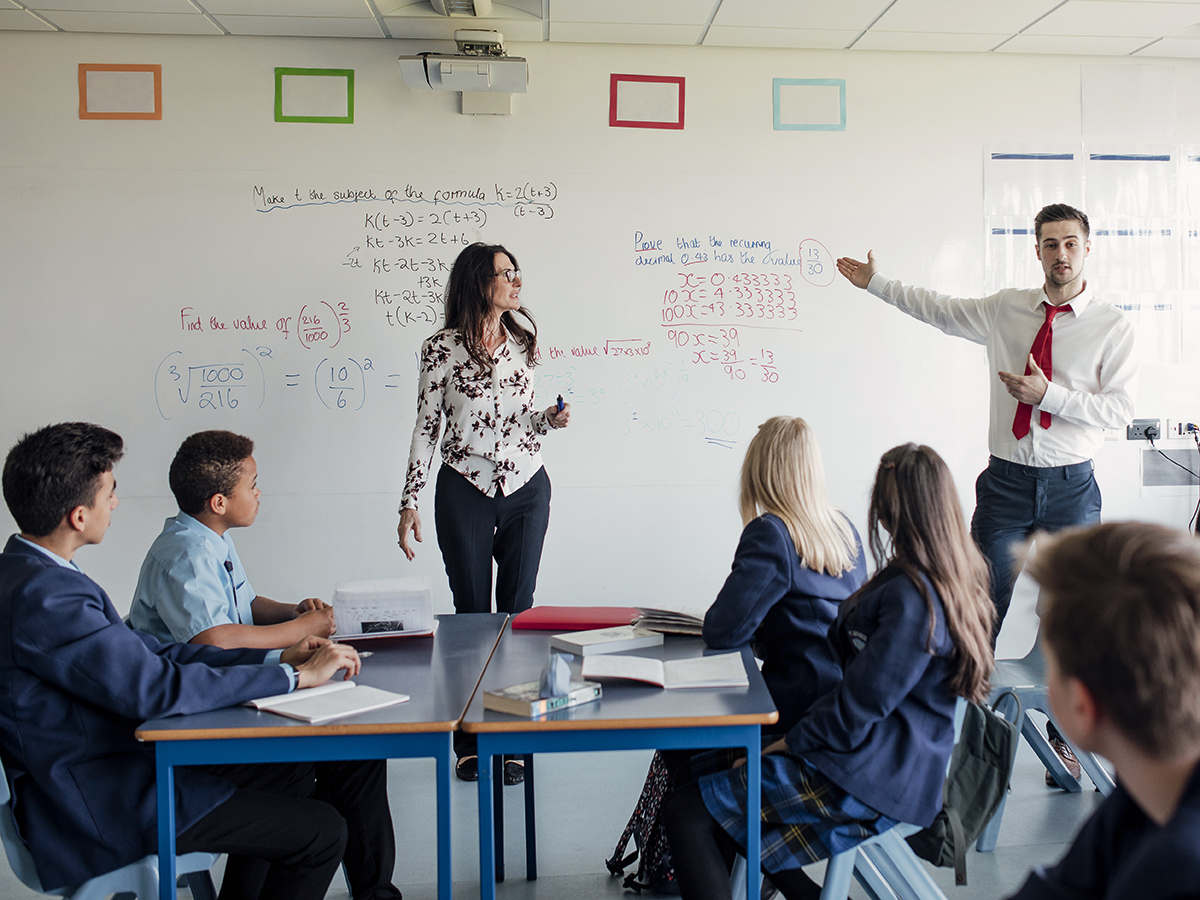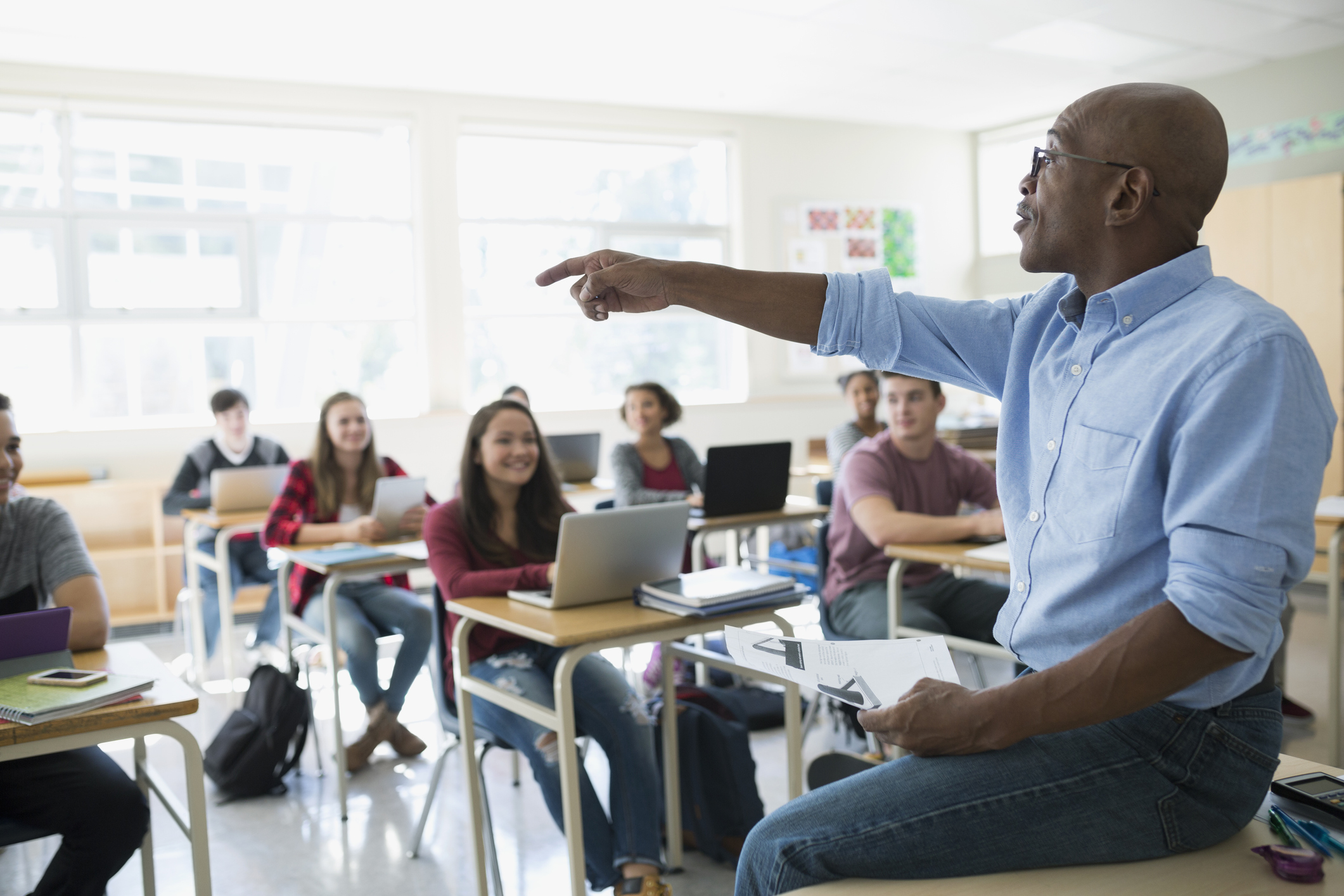Top Primary Science Tuition Singapore to Help Your Child Excel
Top Primary Science Tuition Singapore to Help Your Child Excel
Blog Article
Exploring the Various Training Strategies in Key Science Education Today
Inquiry-based understanding, hands-on experiments, and the assimilation of technology are redefining just how teachers engage young minds. Additionally, joint strategies and differentiated direction are being employed to provide to the diverse requirements of trainees, enhancing both involvement and understanding.
Inquiry-Based Knowing
Inquiry-Based Understanding (IBL) is an instructional technique that encourages trainees to discover clinical ideas via wondering about, investigation, and hands-on experimentation. This approach emphasizes the function of pupils as energetic participants in their knowing, advertising crucial reasoning and analytical abilities. By involving with real-world inquiries, trainees come to be interested and motivated, which improves their understanding of scientific concepts.
In IBL, educators function as facilitators, leading pupils as they navigate their queries instead of delivering information directly. This student-centered approach permits distinction, suiting numerous learning styles and paces. Trainees create abilities in formulating theories, making experiments, and examining data, which are crucial for scientific proficiency.
Additionally, IBL fosters collaboration amongst trainees, encouraging them to share ideas and findings. This cumulative query promotes social skills and a feeling of area within the class. In addition, the procedure of questions motivates strength, as pupils find out to embrace failure as a stepping rock toward understanding.
Hands-On Experiments
Hands-on experiments are a vital part of efficient science education, complementing the concepts of inquiry-based discovering. These experiments permit trainees to engage straight with scientific principles, cultivating a deeper understanding via experiential understanding. By adjusting products and observing outcomes, young students can understand abstract theories in concrete ways.
Such activities promote important thinking and analytical abilities, as pupils assume outcomes, conduct experiments, and examine results. This procedure encourages them to ask inquiries, fine-tune their understanding, and develop a clinical mindset. Hands-on experiments can be tailored to diverse discovering designs, making sure that all pupils have the opportunity to engage meaningfully with the material.
Moreover, hands-on experiments usually encourage cooperation amongst peers, promoting teamwork and communication skills. Operating in groups enables trainees to share concepts, talk about searchings for, and gain from each other, which boosts their general instructional experience.
Including hands-on experiments right into the key science educational program not just enhances the finding out atmosphere yet also cultivates a long-lasting interest in scientific research. By proactively taking part in their education and learning, students are more probable to develop an enthusiasm for clinical questions that prolongs beyond the classroom.

Innovation Combination
Incorporating technology into primary scientific research education and learning has become progressively necessary in promoting pupil involvement and boosting finding out end results. Using electronic devices, such as interactive simulations, online labs, and educational software application, offers trainees with chances to check out scientific ideas in innovative ways. These resources facilitate a deeper understanding of intricate subjects by allowing learners to imagine and manipulate variables that would certainly be not practical in a conventional class setup.
Additionally, modern technology assimilation motivates customized learning experiences. Pupils can advance at their own pace, taking another look at difficult concepts with multimedia resources, which accommodate different learning designs. This flexibility not just supports private growth but additionally grows a sense of autonomy in learners.
Furthermore, innovation functions as a bridge to real-world scientific research, attaching students with existing research study and expert payments. Access to on the internet databases and clinical journals broadens trainees' dig this viewpoints on clinical query and cultivates critical thinking skills.
Collaborative Discovering
Collaborative discovering plays an important duty in primary science education and learning by promoting synergy and interaction skills among trainees. This approach motivates students to collaborate, share knowledge, and engage in analytic, which boosts their understanding of scientific ideas. By taking part in group activities, trainees discover to express their concepts, pay attention to diverse perspectives, and work out services, all of which are essential abilities in both real-world and academic contexts.

Research study indicates that collective knowing can bring about enhanced inspiration and engagement in scientific research subjects, as trainees discover enjoyment in common experiences (primary science tuition Singapore). Additionally, this approach prepares students for future collaborative endeavors, furnishing them with the abilities necessary for efficient synergy in higher education and expert environments. Eventually, welcoming collaborative understanding in primary science education and learning can dramatically enhance the understanding experience and advertise a deeper understanding of scientific questions
Separated Guideline

Separated guideline can show up in different methods, such as varying the material, processes, or products of learning. Teachers may make use of tiered jobs that provide varying degrees of complexity, allowing trainees to work at their corresponding preparedness levels. Additionally, flexible grouping strategies can promote partnership among pupils with various capabilities, fostering peer knowing.
Analysis plays a crucial duty in this method, as it educates direction and aids teachers comprehend each student's special requirements. Developmental evaluations, such as monitorings and quizzes, can lead instructors in changing their strategies to boost discovering outcomes. primary science tuition Singapore. Ultimately, by applying sites separated instruction in main science education, educators can cultivate a more fair and effective knowing environment, equipping all pupils to reach their full possibility in comprehending clinical phenomena
Final Thought
In recap, the diverse teaching techniques in primary science education and learning, consisting of inquiry-based understanding, hands-on experiments, innovation integration, collective discovering, and distinguished direction, jointly add to an extra efficient knowing setting. These approaches advertise important thinking, analytic skills, and a deeper comprehension of clinical ideas. By implementing these techniques, educators can develop interesting and encouraging class that resolve the varied needs of students, ultimately fostering a long-lasting passion in scientific research and boosting scholastic success.
Inquiry-Based Understanding (IBL) is a pedagogical technique that motivates students to explore clinical principles via doubting, investigation, and hands-on additional hints experimentation.Joint understanding plays a crucial duty in primary scientific research education and learning by cultivating synergy and interaction skills among pupils.Study indicates that joint learning can lead to raised inspiration and engagement in scientific research topics, as trainees find satisfaction in shared experiences.In cultivating a comprehensive understanding atmosphere, distinguished guideline emerges as an essential strategy to suit the diverse demands and capabilities of pupils in main science education and learning. Ultimately, by applying distinguished instruction in main scientific research education, educators can cultivate an extra efficient and fair knowing setting, empowering all trainees to reach their complete possibility in recognizing scientific sensations.
Report this page